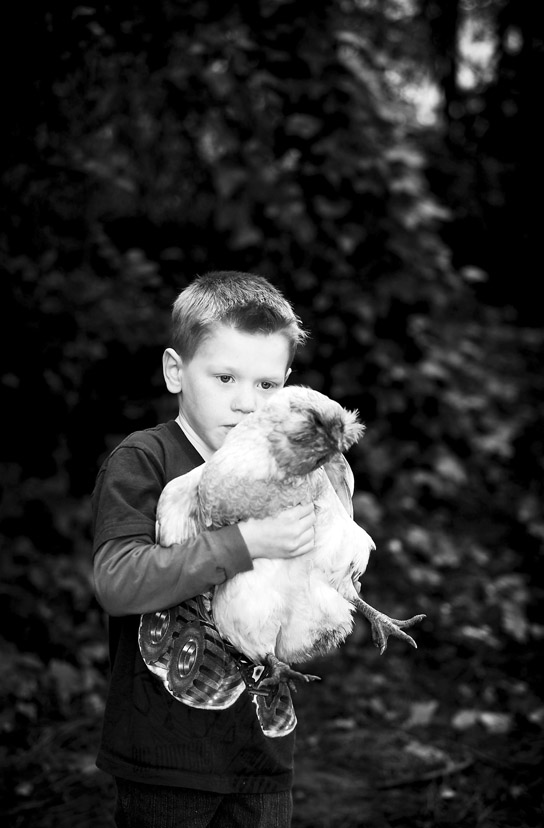(This is another post that comes from my invitation to all of you to send me two of your pictures to get my thoughts on them. Send two photos at 544 pixels/72 dpi to me at: tekamah at me dot com Explain something about yourself, the photos and what you'd like for me to address about them.)
A big thank you to Thomas Patterson for presenting the opportunity, with two pictures, to applaud and recognize one power of photography. I’ve always said that photography cannot create change. But carefully crafted images can move people to act in a way that causes change.
Thomas volunteers his time, as do many other photographers, for the Heart Gallery — A Family for Every Child Foundation. It’s a growing network that makes portraits of foster children in need of permanent homes. Thomas’ photographs are of Rubin.

 Both photos by Tom Patterson & ©
Both photos by Tom Patterson & ©
The format for the Heart Gallery is pretty straightforward portraiture, representing the children favorably and directly. Thomas’ photographs of Rubin raise that bar. There is an Arbus-like quality to them. Increased contrast and 50 mm view help make the camera/lens a neutral part of the image and allow you to view the scenes as if you were there. There is a film-like quality that comes in part from a full frame chip but more from the way Thomas made the pictures, the quality of light and inclusion or exclusion of element of his environment.
These two are equal but different, for me. The inclusion of elements in the living room give a sense of environment, they balance the frame and the fun moment of Rubin looking out from the costume. The alphabet square on teh couch is critical. The only negative is the toy handle to Rubin’s right elbow.
In both photos there is symmetry that comes from nearly centering Rubin but at the same time there is a feeling of asymmetry that comes from the chicken’s outstretched foot in the one photo and in the other the oppositeness of the bulk of the piano on the left and the lightness of the light on the right balancing each other visually but not mentally.
These are subtle things but as I’ve said elsewhere, the smaller the critical element of a photograph is the stronger the image is likely to be.
Photographs can elicit a response if you set out to make them do so. Thank you Thomas for the reminder. And further applause for giving of your time and talent to help people.
